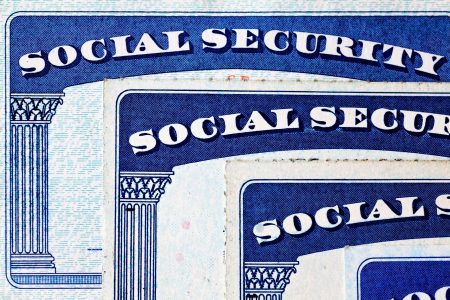There are the calls for college student debt forgiveness on one and the demand that people pay what they borrowed on the other. But the arguments are often vague — “We can’t keep up” versus “Why don’t you pay what you owe because we did.”
To understand what is going on, though, you need to look at how incomes and costs of college have changed over time. Did the experience of those in the 70s and 80s really parallel the university days in the 90s and 2000s? The short answer is no.
The longer answer is a look, through the lens of government data, at how things have changed over time. More specifically, the U.S. National Center for Education Statistics (NCES) keeps many numbers on the costs of college education, separating them into 4-year and 2-year institutions, public and private, overall average costs, and breakouts by tuition and fees, dormitory costs, and board (daily meals, according to Merriam-Webster). These are available in both current dollars (the costs listed in given years) or constant dollars (taking inflation into account).
The Census Bureau has extensive data on incomes, whether household or family, averages, medians (middle numbers in the income ranges), race, socioeconomic groupings, and more, including the ability to see many things in constant dollars.
The constant dollar view is important because it’s the only way to get a reasonable comparison between time periods to see whether a year of college education, room, and board were as expensive for a household in, say, 1971 as they were in 2021.
I downloaded data from both the NCES and Census Bureau, in constant dollars for comparisons, and then created an index starting in 1968 (first year of constant data reporting for college expenses and incomes). The indexed numbers mean that I took the 1968 values and divided them into the subsequent ones. In that way, changes in incomes and costs would be close enough in size to show comparisons on the same graph without crowding information off the screen.
Here’s the graph.
All the figures start as 1, which is equivalent to 100% of 1968 levels. So, if something reaches 2.5 in a later year, that means it’s 2.5 times more at that time than it was in 1968.
First, note how income and board stay roughly parallel in growth — sometimes one being over the other, but always within a close distance — never reach, let alone exceed, 1.5. That means, in constant dollars for an apples-to-apples comparison and taking inflation into account, neither in relative terms goes that far above what they were in 1968.
Now look at tuition and fees, cresting at more than triple the 1968 levels in 2019 and 2020. Costs of dorm rooms had grown to 2.6 times the 1968 levels in constant dollars.
A reasonable interpretation of why tuition/fees and dorms dipped some after 2020 is that colleges and universities saw some significant drop-offs in registration in the wake of the Covid-19 pandemic and responded by moderating prices slightly, lowering prices as demand dropped.
For all the arguments that many people make about the value of a college education — considering only income after, so reducing it to an expensive trade school (and not slight meant to the trade schools, as they fulfill an important function) — there comes a point where a vast swath of the country can no longer afford to have kids in school, or to pay for their own university degree.
It becomes like an argument recently on Twitter. One person said he had explained to a poor friend that a hot dog in a convenience store was more expensive per pound than steak. According to the teller, the person was surprised and yet didn’t change his behavior. Someone else said she was “once again screaming” that if you only have $1.50 for a hot dog, talking about saving money by spending more is dumb, because it’s unrealistic.
That’s what happens with college all too often. In 2016, according to the Bureau of Labor Statistics, 35.8% of employment required at most a high school diploma or equivalent and 27.7% had no formal education requirement. That’s 63.5% of all employment, or nearly two-thirds.
Will someone get paid significant more if they have a higher education? Actually, it depends. Many jobs will pay more. But many won’t. (Ask anyone with a Ph.D. working as an adjunct professor because colleges have reduced the number of full-time positions.) And yet, businesses have moved toward requiring college for everything, whether necessary or not. If you come from a lower-income family, that means loading up with loans that total a larger percentage of your income than happened decades ago. That’s how people get behind and underwater. The country as a whole has set up the demands, made paying for them increasingly difficult, and then proceeds to tut-tut those who want relief.
Read the full article here















